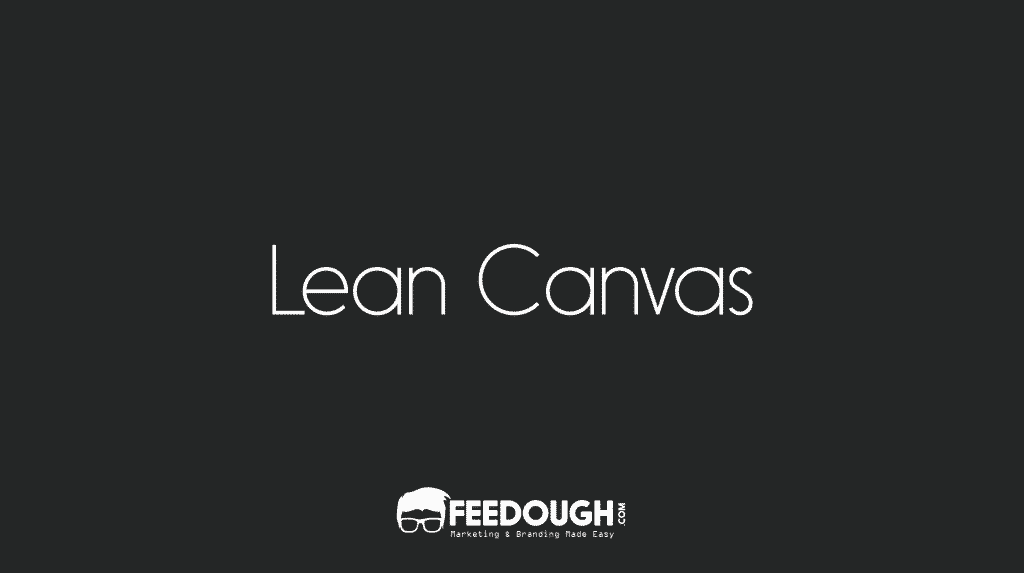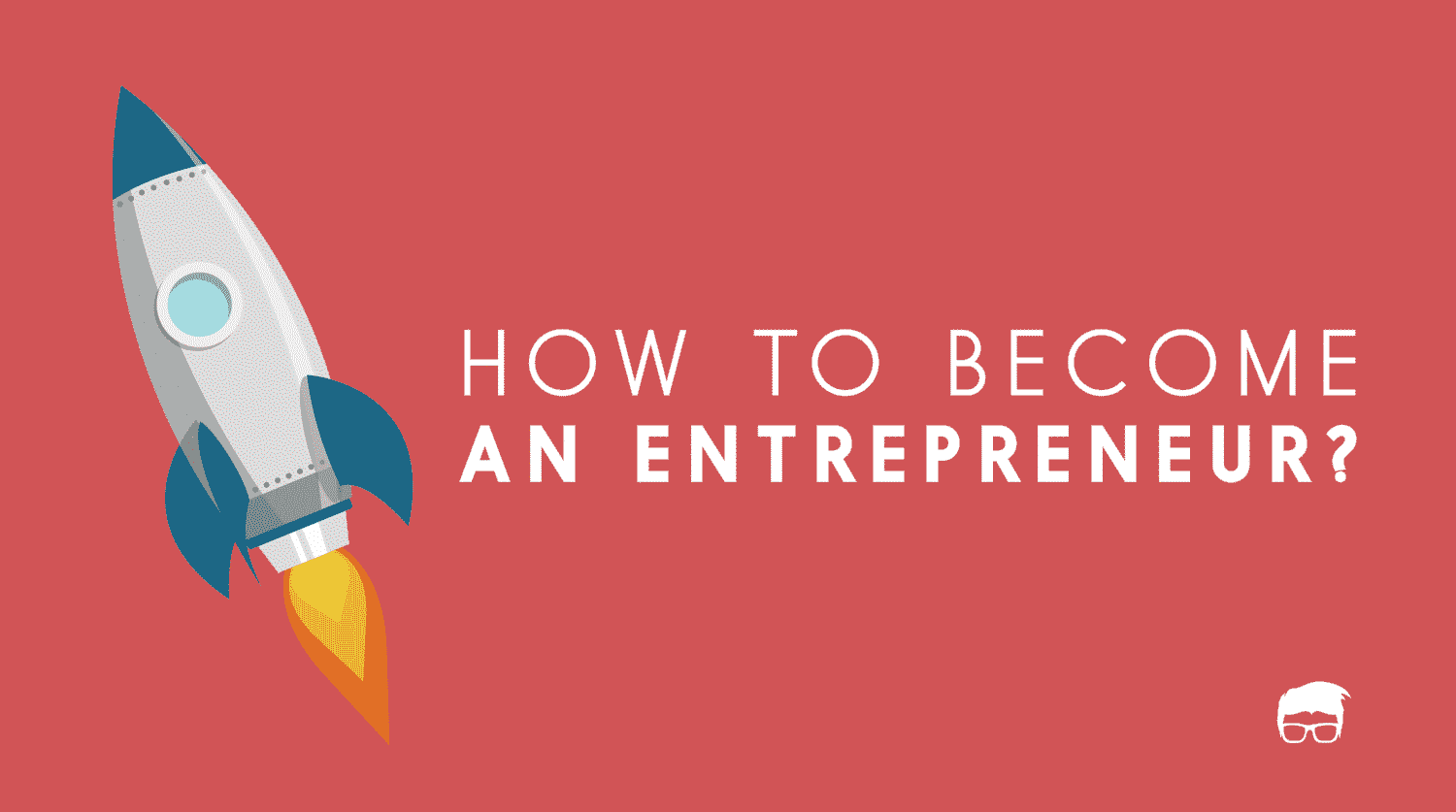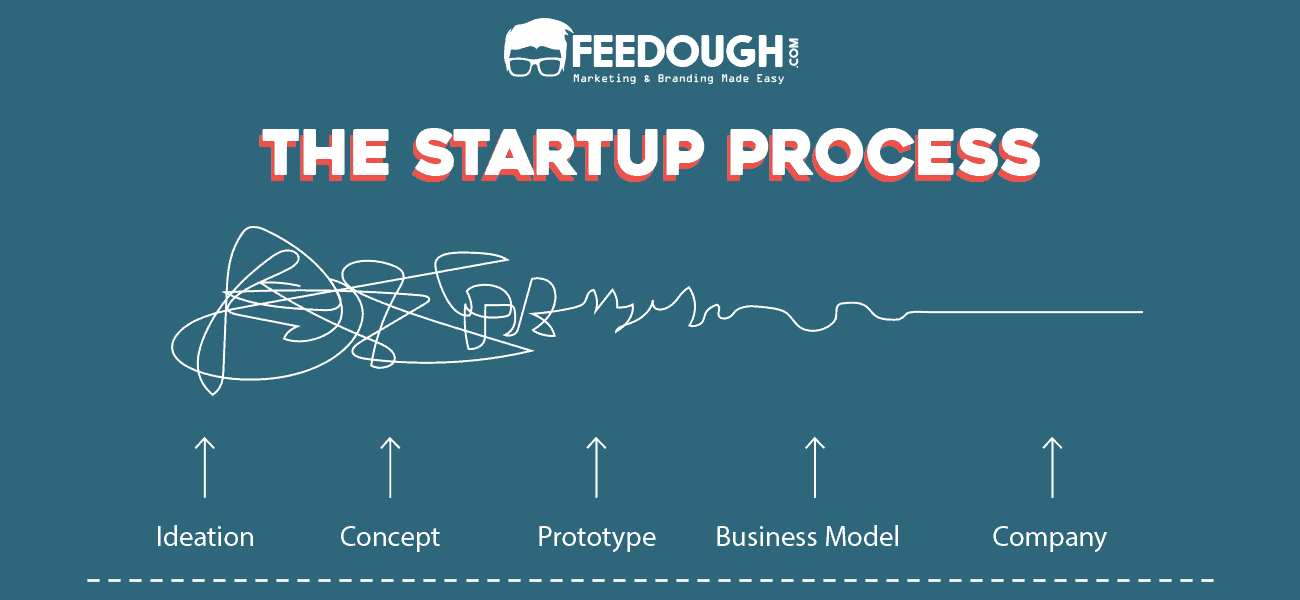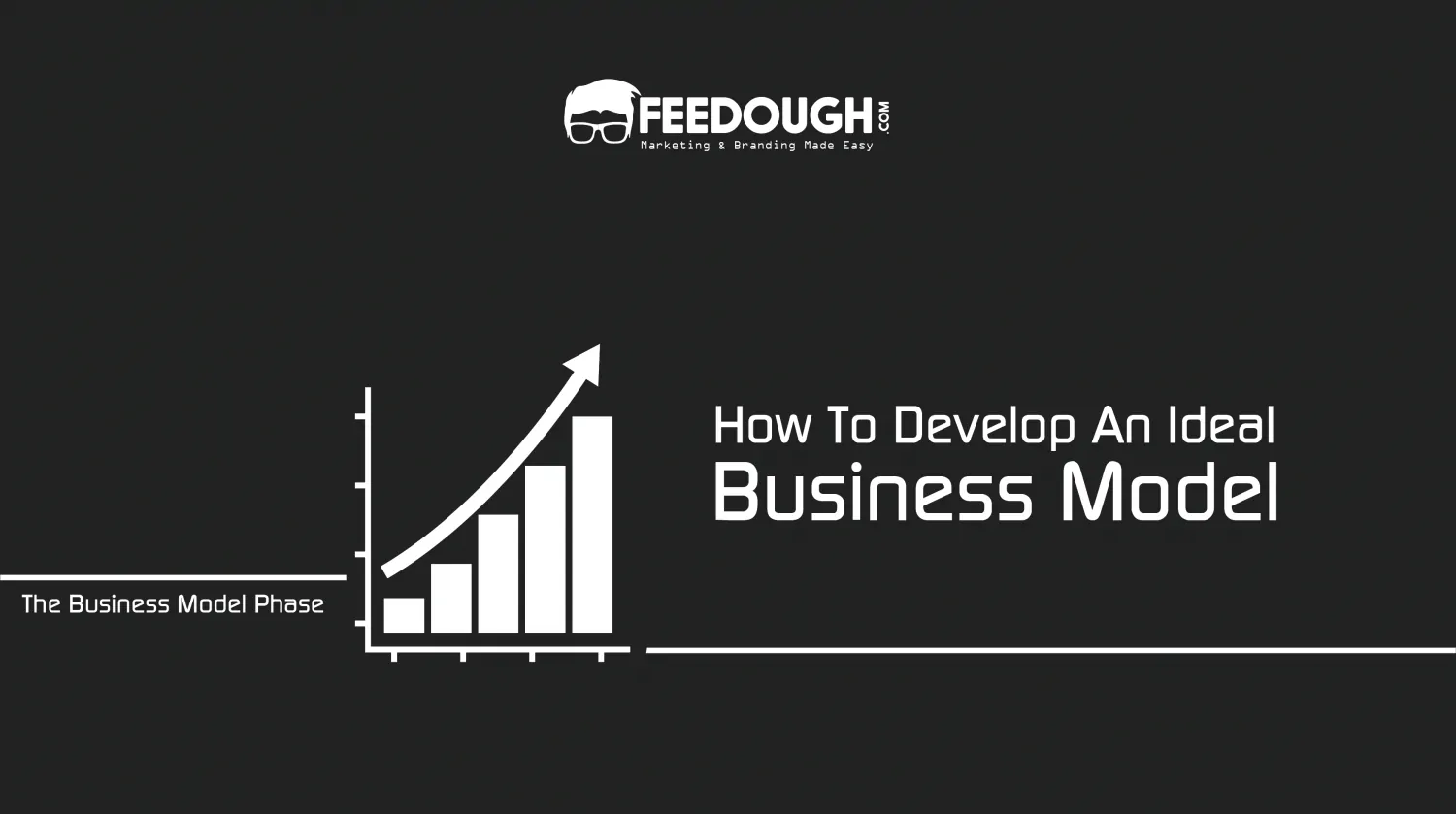Entrepreneurs spend most of their time designing and drafting a well-researched and thorough business plan which isn’t necessary at the ideation stage or the introduction stage of their product. One of the major drawbacks of developing a business plan is that it is hardly read (twice) by anyone which leaves the scope of it being edited to zero. Steve Blank refers to a business plan as:
“a document investors make you write, that they don’t read”
The lean canvas is a new and efficient approach to developing a single-page business plan that helps you to deconstruct your business idea into key assumptions to analyse it better.
What Is A Lean Canvas?
Lean canvas, designed by Ash Maurya, is a single-page business plan template that helps you to break down your idea into its basic assumptions to make it more readable and easily editable.
It has been adapted from Alex Osterwalder’s Business Model Canvas and replaces complex business plans with a concise and portable single-page document.
The business model canvas applies the methods and techniques used by Skype and Apple to attain product success in the market whereas the lean canvas is more target-specific and integrates both small and large businesses effectively. The lean canvas is designed specifically for startups; it pivots on addressing wider customer problems and solutions and through a unique value proposition, it delivers them to customer segments.
Difference Between Business Model Canvas And Lean Canvas
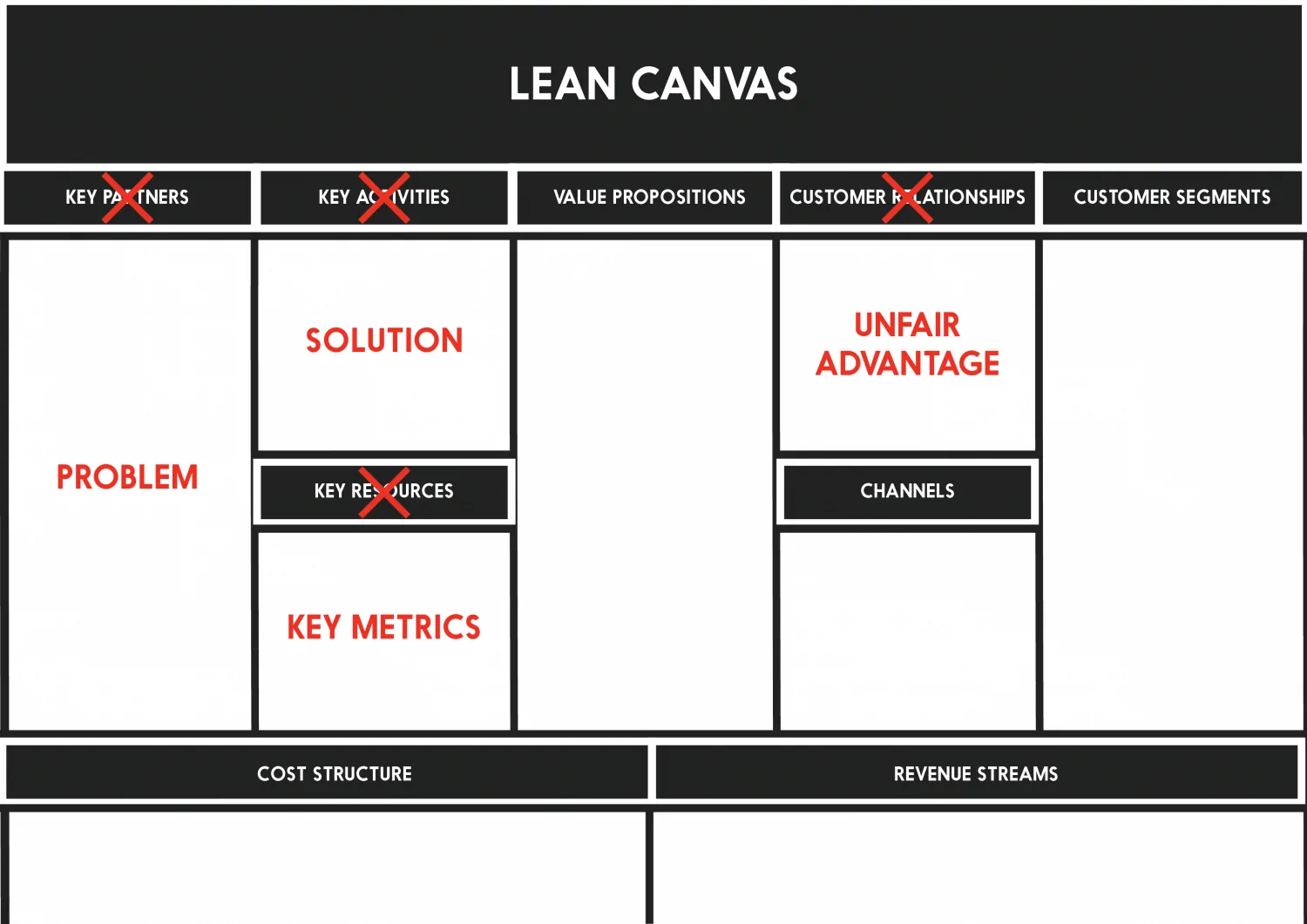
The business model canvas was created to solve the issue of business plans being uninterruptedly outdated as soon as they are in the initial stages of development. Hence, it can be said that it was developed for the companies which had a physical presence in the market to ease the planning and successful execution of the next phases. However, when startups which didn’t have a legit physical presence used the business model canvas, they weren’t able to fill all the boxes and the canvas remained partially complete.
The lean canvas is acclimatised for startups at the beginning of their existence, unlike the business model canvas which is applicable to existing businesses as well. The canvas uses the same 9 blocks technique except the blocks have been renamed to suit perfectly the needs of a lean startup. It provides the founders with an opportunity to record the business model of their startup which will then be updated constantly as time goes on. The lean canvas is always entrepreneurs-focused and is equally useful for every person involved in introducing a new product or idea to the market.
Unlike the business model canvas, the lean canvas has a problem-solution fit approach to eliminate what’s not needed in the business plan.
This approach of lean canvas became useful for new startups. Since startups often have no products to test the demand in the market, it doesn’t pay much attention to customer segments. This is often interpreted as to its drawback.
Ash Maurya’s Lean Canvas Template
On comparing this template with the Osterwalder’s Business Model Canvas Template, it is seen that Ash Maurya took out four boxes and replaced them with new boxes in the Lean Canvas.
Key Activities, as well as Key Resources, have been removed because these boxes were more “outside-in” focused. They are called “outside-in” because they help outsiders to understand what the startup did.
Ash Maurya was an advocate of starting every product with a direct customer relationship. He felt it seemed better captured by the existing Channels box and thus replaced the Customer Relationships box in Lean Canvas.
Quite a few products were successful by having the right partners in the company. However, most products do not fall into this category. Over time, partners can become censorious in rearranging the data to increase the efficiency of the business model of the company. Then it was found that the risk here isn’t the lack of partners but can rather be traced back to inefficiencies in Cost Structure and Distribution Channels and thus Key Partners was removed from Lean Canvas.
Structure of Lean Canvas
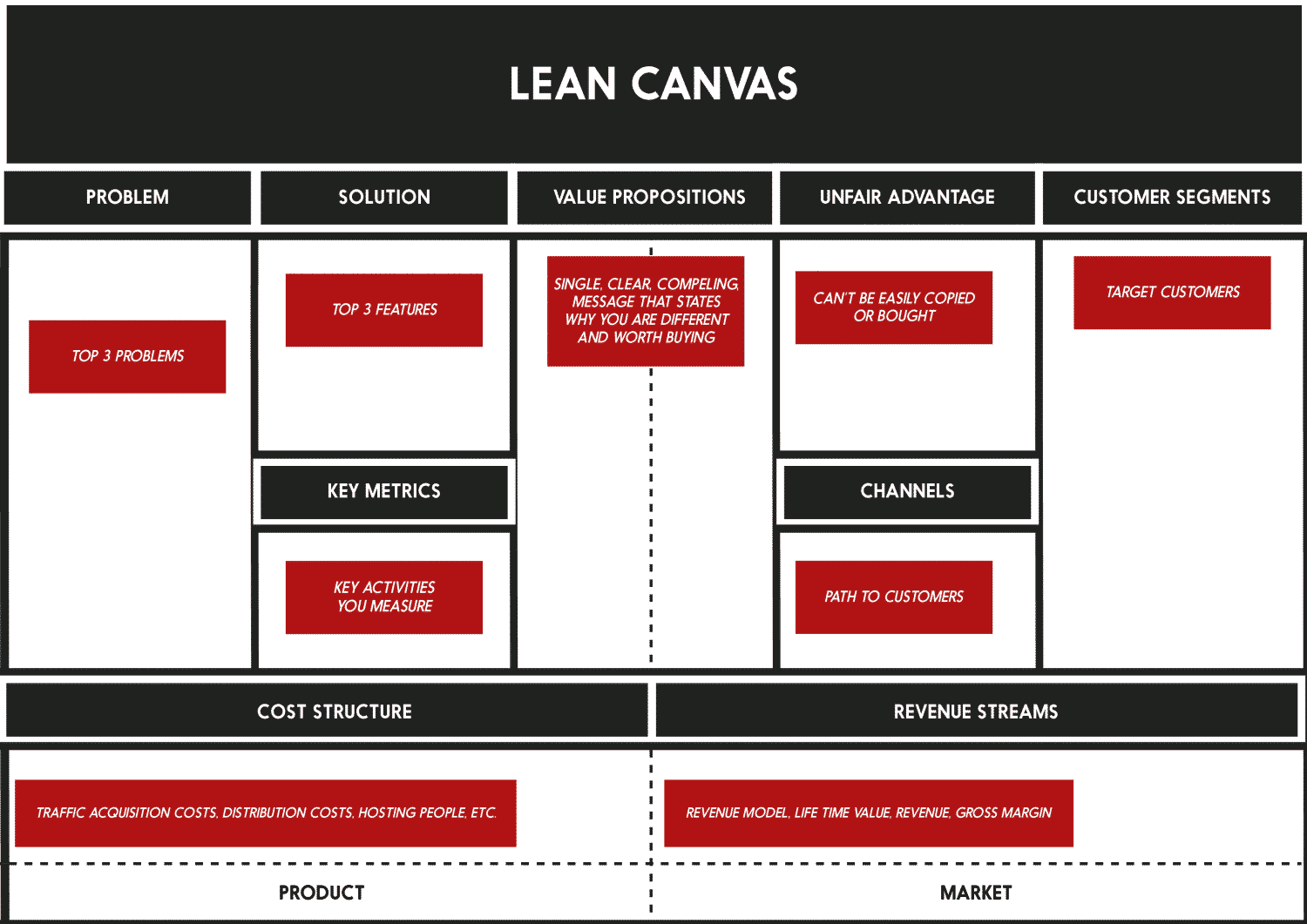
Each component of the Lean Canvas has been briefly explained below in the order they are charted.
Problem
The problem box in Lean Canvas was created to list one to three high-priority problems that need solving. The wrong products are built when several businesses fail to apply good effort, time and fiscal resources. It is thus crucial in understanding the problem first.
Customer Segments
It has been observed that if the target is to attract more than one range of customers, for example, engineers and accountants, it is better to create a canvas for each one. The Problem box and CS can be seen as linked with each other intrinsically, i.e. You can’t think of any problems without a Customer Segment, and vice versa.
Unique Value Proposition
Unique Value Proposition is situated in the middle of the Lean Canvas. A promise of value to be delivered to the customers is called a value proposition. This should be the main reason a prospective buyer has to buy from you. Thinking and understanding why your product is dissimilar and why should your Customer Segments want to buy or invest in your company and your product is the best way to understand unique value proposition.
Solution
A cordial solution has to be found once the problem has been recognised. This is the reason why the Minimum Viable Product concept within a Solution box was introduced in the Lean Canvas. The jackpot has been finding the solution to the problem. What is needed to be done is ‘Get Out The Building’ — a phrase created by the godfather of Lean Startup, Steve Blanks. What Blanks meant is that the solution cannot be found in the office building but out there in the streets. The best way to understand the phrase is by interviewing your CS, asking them questions and taking those learning into account.
Key Metrics
It is better for a Startup to pivot on one metric and develop on it. The metrics should include the range of services or products you like to provide. Since the wrong one could be disastrous to the startup, it is therefore critical that the right metric is identified. Irrespective of industry or size, every business will have some key metrics that are used to monitor performance.
Channels
Channels are the best way for you to reach out to your Customer Segment. It is essential to focus on learning about the channels than not to think about scale in the initial stages. Channels, which are free as well as paid, can be used to reach your customer directly. Some examples of Channels are social, trade shows, email, CPC ads, radio & TV, blogs, webinars, articles etc.
Cost Structure
The entire variable cost, as well as the fixed costs, is to be listed here. Questions regarding Cost Structure are to be thought out here. How much will it cost to build a page? What is the amount required to run your company in a month? What will be the cost to interview your customer segment? How much do market research papers cost? etc. A rough break-even point can then be calculated from these costs and potential revenue streams.
Revenue Streams
The model type decides how you rate your business. It is common for startups to lower their cost or even offer it for free in the beginning to gain attraction. The key is it actually delays or even avoids getting checked for validity. It has been seen that getting people to sign up for something for free is a lot different than asking them to pay as they are more interested in free products.
Unfair Advantage
Ash Maurya said, “You may initially have to leave this box blank but the reason it’s here is to have you really think about how you can both make yourself different and make your difference matter”. A startup should always have the capability to recognise whether or not it has an unfair advantage over others. Unfair advantage can come in different forms like getting expert endorsements, a dream team, insider information, existing customers etc.
Go On, Tell Us What You Think!
Did we miss something? Come on! Tell us what you think of this article on lean canvas in the comments section.
A startup enthusiast who believes anything can be built if you do that required research and get the base ready.
